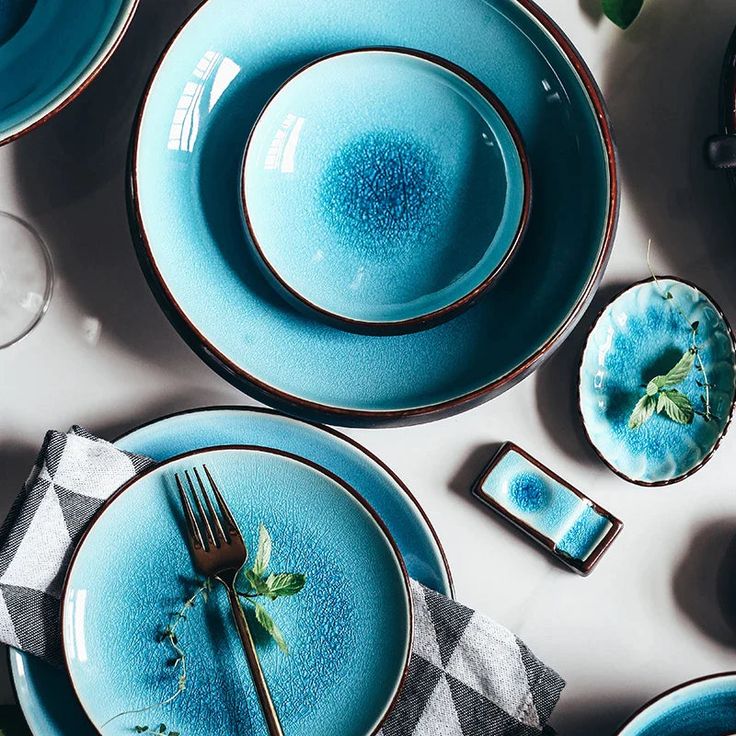The Timeless Appeal of Japanese Ceramic Tableware
Japanese ceramic tableware has captivated global audiences for centuries, seamlessly blending artistry with everyday functionality. Rooted in traditions that date back thousands of years, these pieces are celebrated for their vibrant colors, intricate patterns, and remarkable durability. Unlike mass-produced alternatives, each item carries the imprint of its creator, reflecting a philosophy where imperfection is embraced as part of its charm—a concept known as wabi-sabi. In modern homes, Japanese ceramic tableware transcends mere utility, acting as both practical tools and curated decorative statements.
What sets these pieces apart is their ability to harmonize with diverse interior styles. Whether adorning a farmhouse kitchen or a sleek, minimalist dining room, Japanese ceramics introduce warmth through organic textures and handcrafted irregularities. A rustic stoneware bowl, for instance, might contrast beautifully with polished marble countertops, while a delicately painted porcelain plate adds a pop of color to a neutral tablescape. Their versatility ensures they shine in both casual and formal settings—equally suited for daily family meals or elegant dinner parties.
Beyond aesthetics, Japanese ceramic tableware tells a story of cultural heritage. Techniques passed down through generations, such as kintsugi (the art of repairing broken pottery with gold) or nerikomi (layered colored clay), highlight a deep respect for craftsmanship and sustainability. Modern designers continue to reinterpret these traditions, creating pieces that balance timeless elegance with contemporary flair. For those seeking to infuse their homes with soulful design, Japanese ceramic tableware offers more than functionality—it embodies a connection to history, nature, and the human touch that defines true artistry.
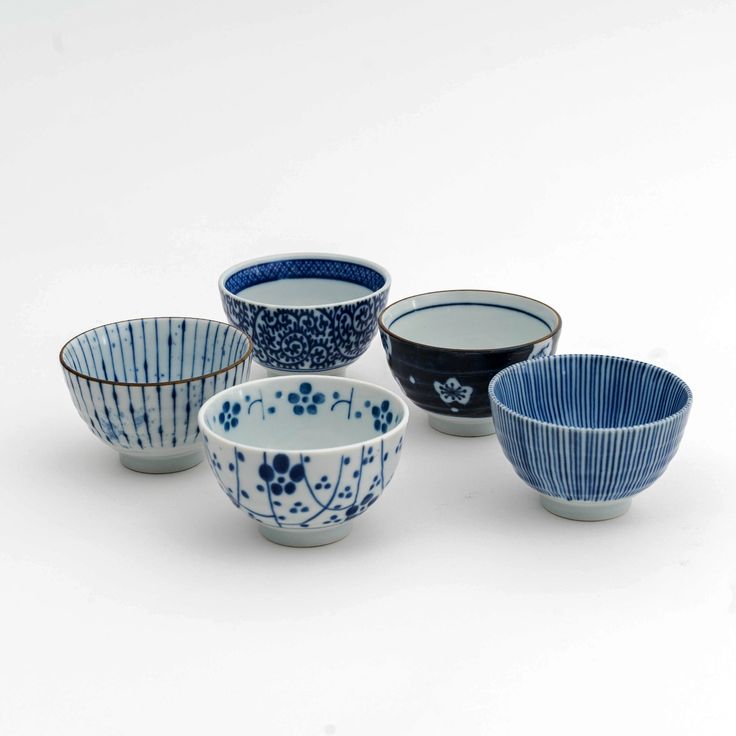
A Brief History of Japanese Ceramics
Japanese ceramic traditions trace their roots to the Jomon period (14,000–300 BCE). Early artisans shaped functional vessels by coiling clay, adorning them with intricate rope-patterned designs. These pieces, often used in rituals, reflected a deep connection to nature and spiritual life.
By the Asuka and Nara periods (538–794 CE), continental influences arrived via Korea and China. Korean potters introduced advanced kiln technologies, while Chinese Tang Dynasty ceramics inspired new glazing methods. This era saw the birth of Japan’s first high-fired stoneware.
The 16th century marked a creative explosion. Sen no Rikyu’s tea ceremonies elevated rustic Raku ware, prized for its irregular shapes and muted tones. Simultaneously, regional styles flourished: Hagi’s porous clay whispered of autumn mists, Bizen’s unglazed surfaces celebrated natural ash effects, and Karatsu adopted Korean brushwork aesthetics.
Edo period (1603–1868) trade with Europe transformed Arita into a porcelain hub. Its iconic blue-and-white sometsuke wares flooded global markets, while Kutani’s bold enamels dazzled domestic elites.
Modern artisans balance heritage with innovation. Living National Treasures like Kitaoji Rosanjin reinterpret classical forms, while young creators fuse traditional kohiki slips with abstract sculpting. Exhibitions at venues like Tokyo’s Crafts Gallery now position ceramics as fine art.
More than utensils, these works embody mono no aware—the poignant beauty of impermanence. Each crackled glaze and asymmetrical rim whispers centuries of cultural dialogue.
How Japanese Ceramic Designs Enhance Modern Interiors
Modern minimalist interiors risk sterility, but Japanese ceramics infuse soul through three key design principles:
1. Nature-Inspired Color Harmonies
Glazes mimic landscapes: misty gray (nezu) echoes rainy skies, iron-rich aka-e red mirrors autumn leaves. Paired with beige or concrete backdrops, these hues create tranquil, grounded atmospheres.
2. Tactile Dialogues
Textures tell stories. Bizen ware’s pebbled surfaces contrast marble islands, while Hagi’s crackled glaze softens steel appliances. This interplay balances cold modern materials with warm imperfection.
3. Fluid Form Language
Hand-thrown vessels reject mass-produced symmetry. A wavy-edged donburi bowl atop a geometric dining table becomes a sculptural focal point, embodying wabi-sabi aesthetics.
4. Adaptive Functionality
Modular designs suit compact living. Nesting kobachi dishes adapt from sake cups to olive servers, while slab-built platters double as wall art.
Leading designers like Tokujin Yoshioka now pair centuries-old nerikomi patterns with LED-lit shelves, proving tradition evolves. Beyond decor, these pieces anchor mindfulness—a handwarmed teacup reminding digital-age dwellers to pause and feel.
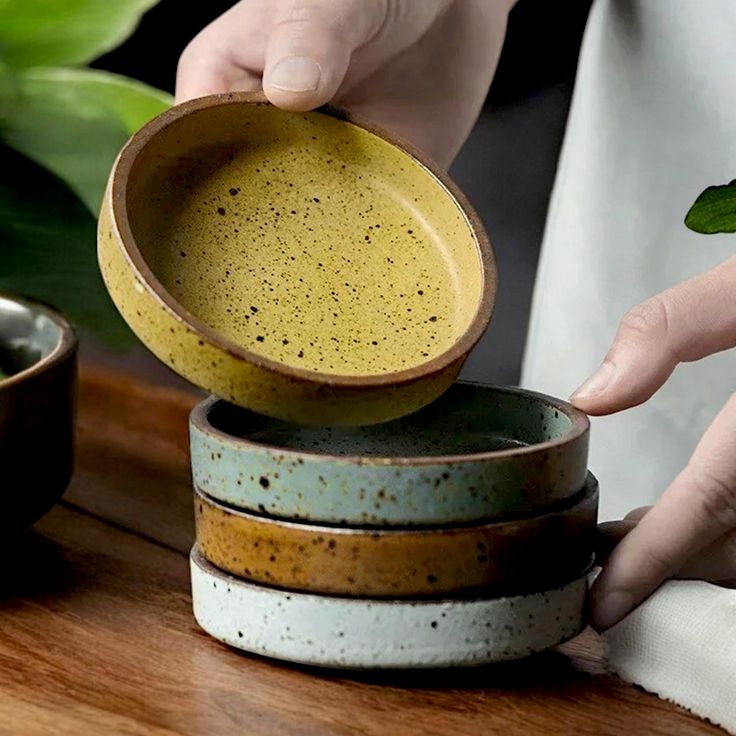
The Role of Color in Japanese Ceramic Tableware
Color is central to Japanese ceramic tableware. Traditional hues like aka (red), kuro (black), and shiro (white) symbolize natural elements—fire, earth, and water. Modern collections expand this palette with pastels and bold gradients. For instance:
- Blue-and-White Patterns: Inspired by Arita ware, these designs evoke serenity.
- Layered Glazes: Gradient finishes create depth, perfect for accent pieces.
- Matte vs. Glossy: Combining finishes adds sophistication to table settings.
These colorful yet restrained choices ensure Japanese ceramics never overpower a room, instead enhancing its ambiance.
Caring for Your Japanese Ceramic Tableware
Preserving Japanese ceramics requires understanding their unique craftsmanship. Follow these culturally informed practices:
1. Gentle Cleansing Rituals
Handwash with pH-neutral soap and soft cloths. Avoid abrasive sponges—many glazes (like nuka-yu rice ash finishes) develop prized patinas over time. For lacquered urushi accents, wipe immediately after use.
2. Reviving Natural Surfaces
Combat tea stains in Hagi ware with sun-drying: UV rays lift discoloration without chemicals. For Bizen’s iron-rich clay, boil stubborn residues with used green tea leaves—tannins soften deposits.
3. Climate-Conscious Storage
Line cabinets with washi paper to absorb moisture. Rotate seasonal pieces; humidity-swollen wood shelves in summer may stress delicate kintsugi-repaired items.
4. Mindful Stacking Philosophy
Place rough-textured Shino bowls atop smooth Arita plates—their differing hardness levels minimize scratches. Never stack raku teacups; their low-fired bodies crumble under pressure.
5. Embracing Imperfection
Accept hairline kannyu cracks as part of a vessel’s story. Professional yakishime re-firing can reseal glazes if needed.
Kyoto restorers note: Ceramics kept at 40-60% humidity develop richer hues. While demanding, these methods honor the artisan’s intent—transforming daily care into a meditative connection with heritage.
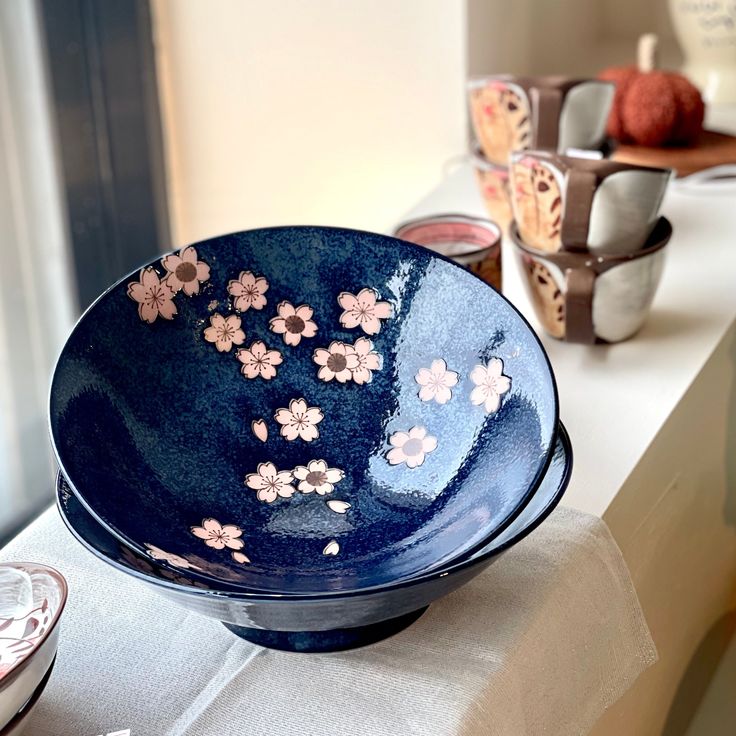
Sustainability and Japanese Ceramics
In our age of environmental reckoning, Japanese ceramics offer a blueprint for mindful consumption. Regional workshops like Tokoname and Mashiko source clay from rehabilitated mineral deposits, avoiding synthetic additives. Their yakishime (high-fire) techniques yield non-porous surfaces, eliminating plastic-like epoxy coatings common in factory ware.
The sustainability loop extends to materials. Glazes derive from foraged elements—volcanic ash in Oribe green, iron-rich riverbed stones for Shigaraki oranges. Even broken pieces find renewal through kintsugi. Furthermore, the urushi resin mixed with Edo-era gold dust repairs cracks, transforming flaws into heritage markers.
Unlike fast-fashion tableware, these items grow more valuable with age. A 17th-century Bizen sake cup still serves daily use in Kyoto households, its patina deepening across generations. Modern artisans further reduce waste: Kamakura studios repurpose kiln heat to warm community baths.
Global designers now adopt these principles. Copenhagen’s Norm Architects specify Shikkui plaster tableware for carbon-neutral projects, noting their 80% lower carbon footprint than porcelain. By choosing Japanese ceramics, consumers not only support a circular economy but also contribute to a fusion of beauty and ethics. As a result, each handcrafted bowl becomes a lifelong companion in sustainable living, enriching both the aesthetic and environmental aspects of their lifestyle.
Pairing Japanese Tableware with Global Cuisines
Japanese ceramics transcend cultural boundaries through their sculptural adaptability. Furthermore, beyond traditional washoku, these vessels enhance global flavors. As a result, they do so with poetic precision that celebrates diverse culinary traditions.
1. Mediterranean Fusion
Arita’s translucent porcelain beautifully complements Greek tzatziki. Additionally, its cobalt patterns mirror the waves of the Aegean Sea. Moreover, serving tapas on textured Shino platters enhances the experience, as their oatmeal-toned cracks echo the terracotta tiles found in Andalusian courtyards.
2. Nordic Minimalism
Bizen’s ash-streaked jars harmonize with New Nordic cuisine. The rugged, unglazed surfaces contrast smoked salmon’s silken texture, while organic shapes mirror Scandinavian woodcraft.
3. South Asian Vibrancy
Karatsu’s iron-brown e-guro bowls serve to anchor bold curries. Furthermore, their earthy hues perfectly balance turmeric-stained dals, and the wide rims accommodate steaming naan effortlessly. Additionally, for chai, Hagi teacups develop tea-stained chai-kesa patinas that enhance the overall ritual.
4. Modernist Desserts
Mino ware’s kohiki slipware—white clay brushed with translucent glaze—creates a “floating” effect for French macarons. In addition, Chef Dominique Crenn pairs chocolate ganache with black Raku plates, which feature a metallic luster that echoes the depth of cocoa. Thus, both elements work together to enhance the overall visual and gastronomic experience.
Michelin-starred restaurants now commission hybrid designs: Tokyo’s Narisawa uses Mashiko stoneware shaped like maple leaves for truffle risotto. This cross-cultural dialogue transforms dining into spatial art. Moreover, each dish is framed by ceramics that evoke the essence of mountains, rivers, and ancestral kilns. Therefore, the experience becomes a rich tapestry of culture and heritage, enhancing the meal’s significance.
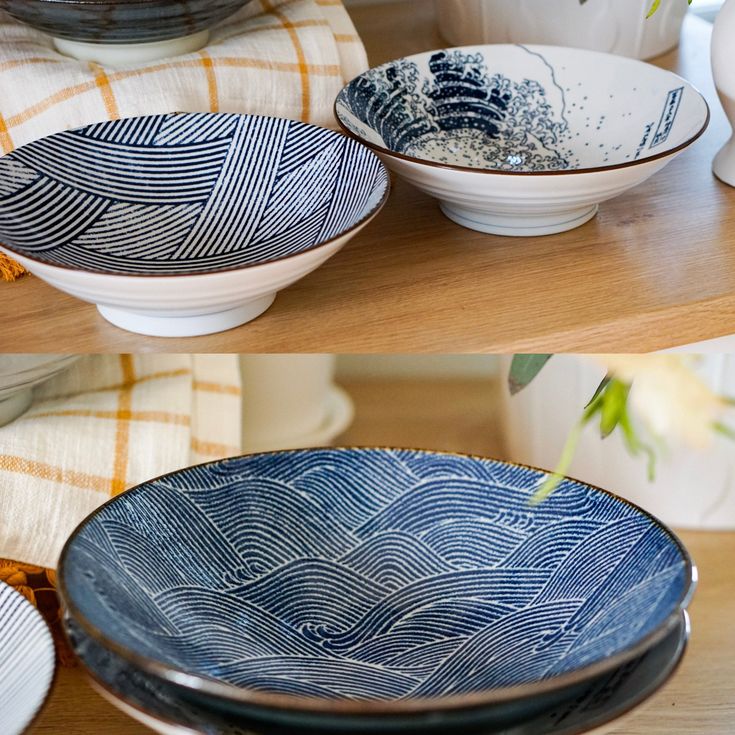
Tips for Mixing and Matching Collections
Creating harmonious tablescapes with Japanese ceramics involves embracing intentional asymmetry—a principle rooted in chanoyu (tea ceremony) aesthetics. Follow these curated strategies:
1. Hierarchical Anchoring
Designate a statement piece, such as an Oribe lidded jar or a Bizen tsubozara platter. Additionally, these high-contrast items—often featuring bold iron markings or ash drips—serve to visually ground the arrangement. Moreover, they reflect seasonal themes, such as autumn leaf glazes for fall gatherings, enhancing the overall aesthetic.
2. Rhythmic Pattern Pairing
Layer motifs through “echo” techniques by matching Kutani’s five-color (gosai) floral borders with Karatsu’s minimalist brushstrokes. Furthermore, maintain tonal continuity by pairing cobalt sometsuke rice bowls with indigo linen napkins. This approach allows shared hues to unify disparate patterns, creating a cohesive overall look.
3. Tactile Counterpoints
Juxtapose glossy Arita akae teacups against Shigaraki’s rough, crystalline ishihaze surfaces in order to amplify the textural dialogue. For elevated occasions, you can alternatively layer smooth kohiki soup bowls with ridged nerikomi side plates. By doing so, you create a tactile “menu” where guests can intuitively explore contrasts through touch.
4. Negative Space Choreography
Emulate ikebana principles by strategically positioning a single Hagi chawan to dominate one end of the table, while a cluster of three kobachi dipping bowls anchors the opposite corner. This intentional asymmetry balances visual weight, similar to floral arrangements in Japanese aesthetics. Crucially, it is important to leave breathing room between items; this allows negative space to sculpt each piece’s silhouette. Consequently, such an approach evokes a museum-like reverence for craft, highlighting the beauty and individuality of each item.
Interior designer Rei Watanabe advises: “Rotate collections quarterly. Summer calls for translucent Seto glassware, while winter favors thick Banko yaki stone pots.” This dynamic curation keeps settings fresh yet rooted in tradition.
Why Japanese Ceramic Tableware Makes a Thoughtful Gift
Gifting Japanese ceramic tableware is a gesture of appreciation. Each piece reflects the recipient’s taste, whether they prefer minimalist Shigaraki vases or vibrant Kutani teacups. Unlike mass-produced items, handmade ceramics carry a story—of the artisan, the region, and the techniques involved. They’re gifts that age gracefully, gaining sentimental value over time.
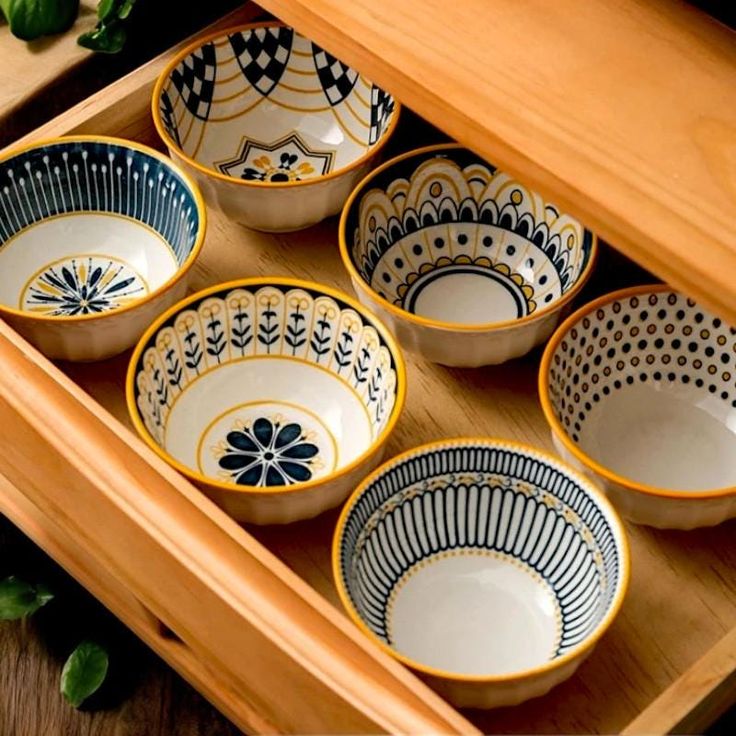
Conclusion
Japanese ceramic tableware effectively bridges tradition and modernity, thereby offering designs that enrich contemporary living spaces. Moreover, its emphasis on color, craftsmanship, and sustainability greatly resonates with today’s homeowners who are seeking authenticity. As a result, these pieces not only serve practical purposes but also enhance the overall aesthetic of modern homes. By incorporating these pieces into your daily life, you not only elevate your dining experience but also support centuries-old artistic traditions. Explore the world of Japanese ceramics—it’s a journey into beauty, function, and cultural legacy.
